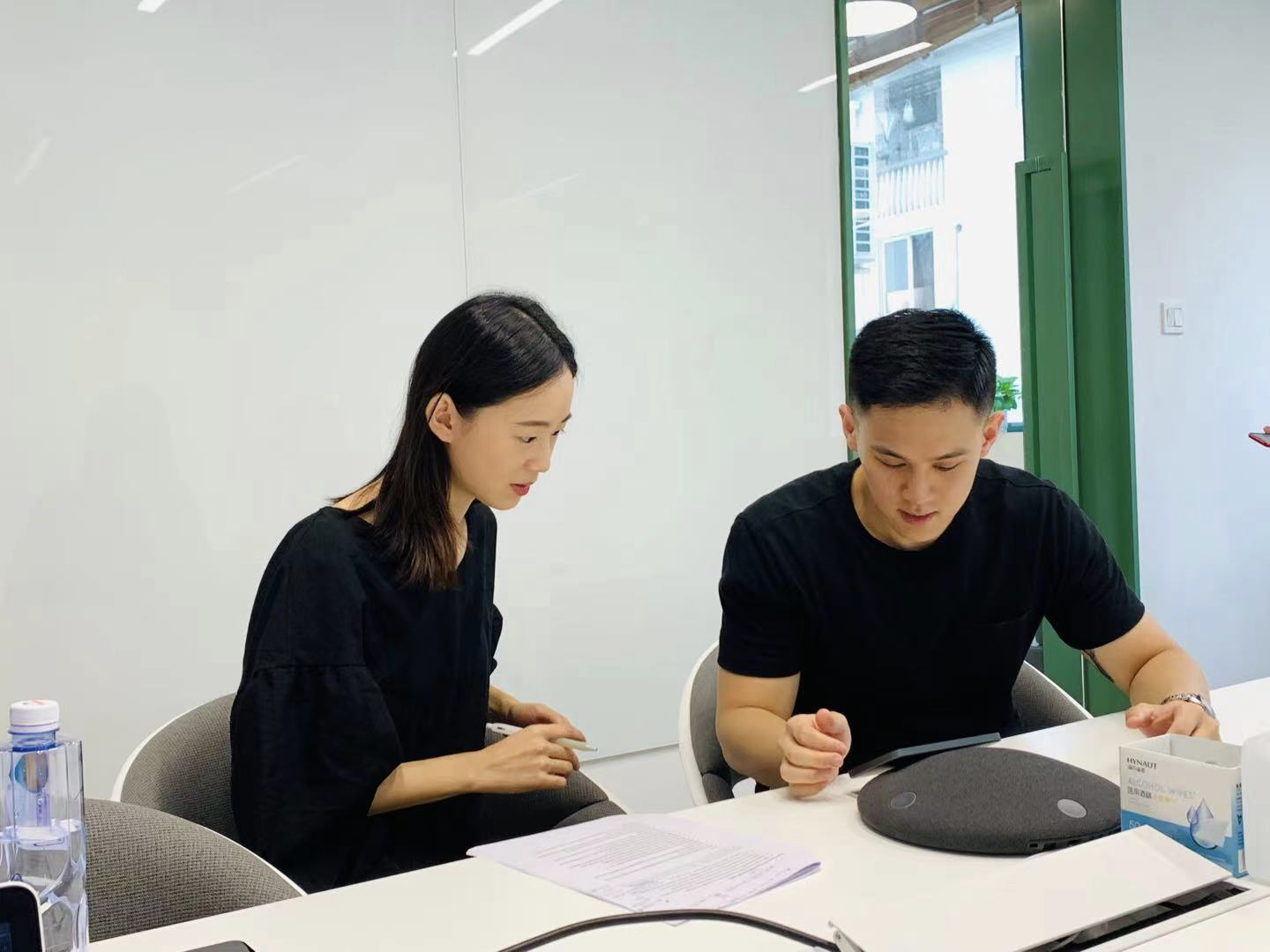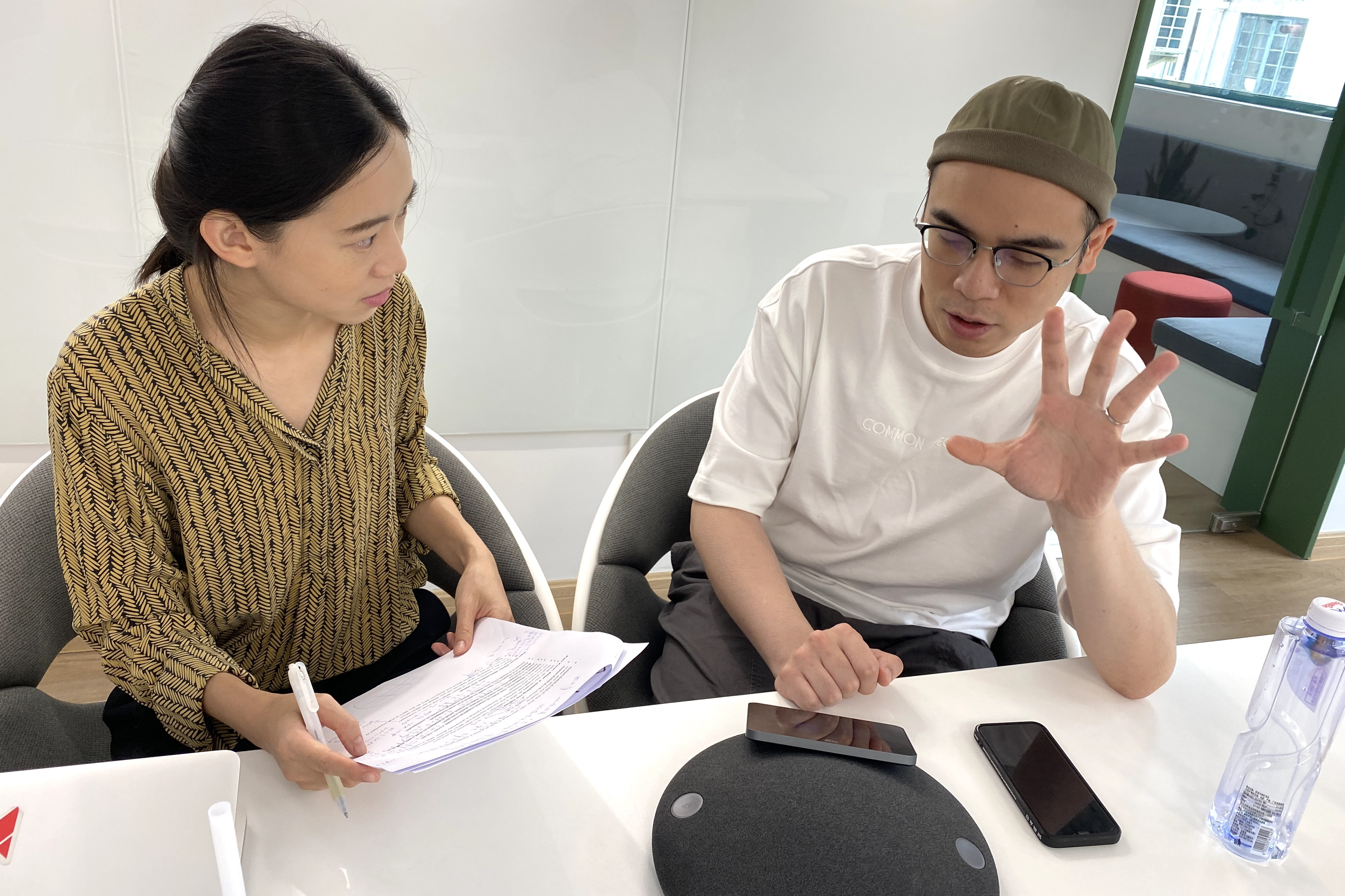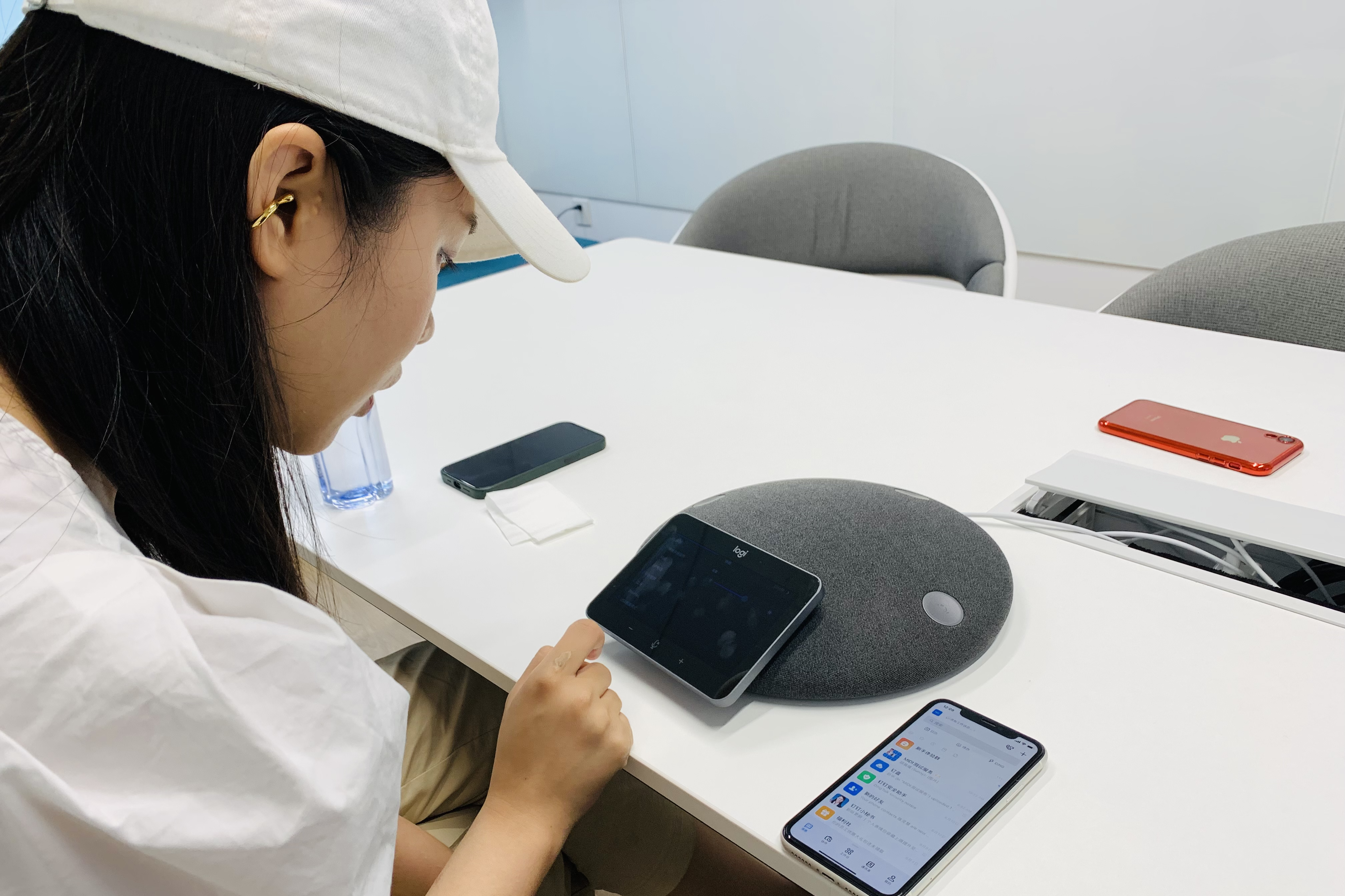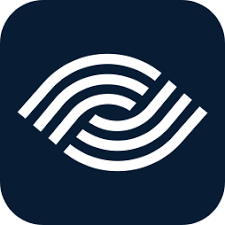¶ Usability Testing
¶ What it is
Usability testing is a user research technique used to evaluate a product's ease of use and effectiveness by observing real users interacting with the product.
¶ Why it is useful
Usability testing is helpful because it provides direct feedback from real users about how a product functions in the hands of its intended audience. This helps designers and developers identify areas where a product can be improved to meet user needs and expectations better.
By observing users interact with a product, usability testing can uncover design problems that might have yet to be apparent during the design process. This leads to better user experiences and higher customer satisfaction, which can translate into increased product adoption and business success. In addition, usability testing can be cost-effective, as finding and fixing usability issues early in the design process can save time and resources in the long run.
¶ When to use it
Usability testing can be conducted throughout the design process, but the earlier, the better, as it can provide valuable insights into user needs and behaviours that can Informationrm the design and direction of the product.

¶ How is it done
- Plan your test: Draft research questions and clearly define what you want to learn from the usability tests and what specific tasks you want users to perform. Once you have a list of tasks, determine the success and failure metrics to track during the test.
- Prepare the test script: Create a script that outlines the tasks you want users to perform and the questions you want to ask them during the session.
- Participant consent form: It’s recommended to create a consent form that outlines details of the study, such as the people who will be present (facilitators/observers), what the participants will be asked to do, and whether the session will be recorded.
- Recruit participants: Identify participants who are representative of the target users for your product and invite them to participate in the testing session. Prepare the testing environment: Set up the testing environment, including any necessary equipment and materials, to facilitate a smooth and controlled testing session.
- Conduct the testing: Have the participants perform the tasks while you observe and take notes on their behaviour and feedback. Consider recording audio/videos of the session, as that can be useful for analysis after, but always seek consent from users beforehand.
- Analyse the data: Analyse the data collected during the testing session, looking for pain points, patterns, and trends in user behaviour and feedback.
- Identify areas for improvement: Based on the data and analysis, identify areas where the product can be improved to better meet user needs and expectations.
- Implement changes: Incorporate the insights from the usability testing into the design process, making necessary changes to improve the user experience.
- Repeat as needed: Repeat the process as necessary, continuing to test and iterate the product until it meets the needs of its intended users.
¶ Do's & Don't
Do's
- Having the UX designer observe the test sessions.
- Record the test sessions if you have users’ permission.
- Reduce your influence throughout test sessions.
- Test your prototype before the test sessions, and make sure everything runs smoothly.
Don't
- Tell users how to use it, but describe the tasks they need to do
- When communicating with users, don’t speak too vaguely or use industry jargon; ensure they fully understand you.
¶ Tools needed
- Word or Google doc to take notes
- Recording equipment (camera, voice recorder)
¶ Example


¶ GenAI Tool Use Case
¶ Real-time Analysis
Odaptos presents a game-changing solution for real-time analysis during usability testing, enabling swift decision-making and continual design enhancements for superior user experiences. Its time-efficient reporting automates report generation, swiftly summarizing observed emotional responses
Key Steps Tutorial:
- Recruit: Define criteria, and our embedded system guarantees the perfect match
- Plan: Schedule your test sessions with ease, aligned with your availability
- Interview: Conduct seamless user interviews combining facial detection with NLP/NLU
- Analyse: Odaptos turns feedback into concise, actionable strategies. Get 360-degree user view
Other Inspirational Tool:

